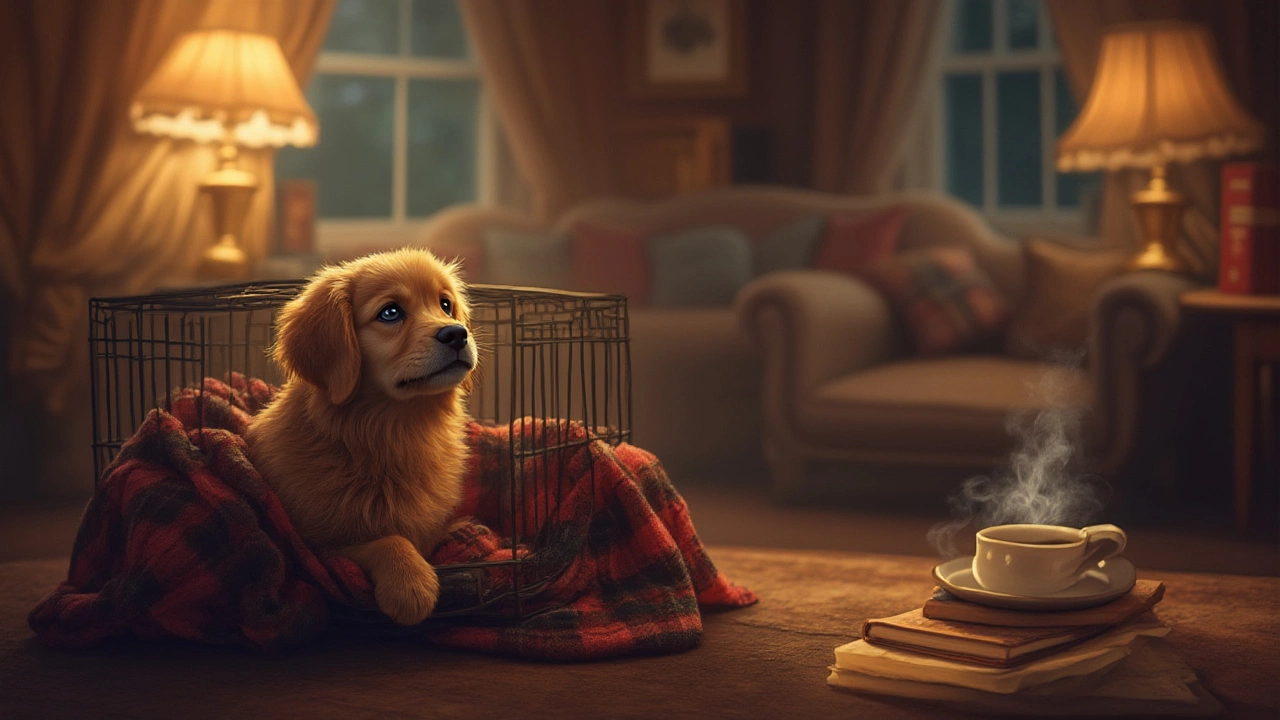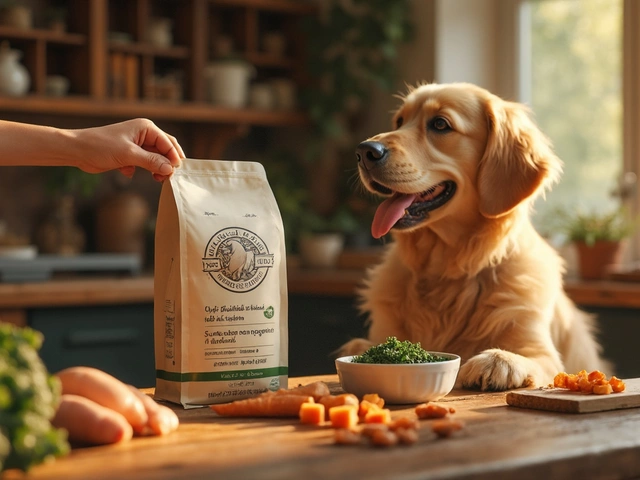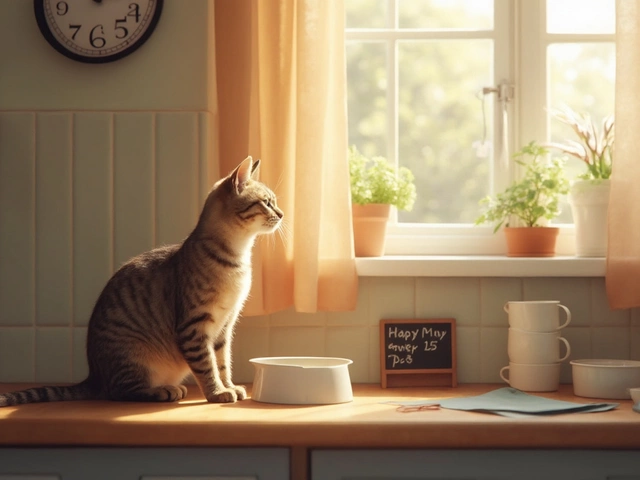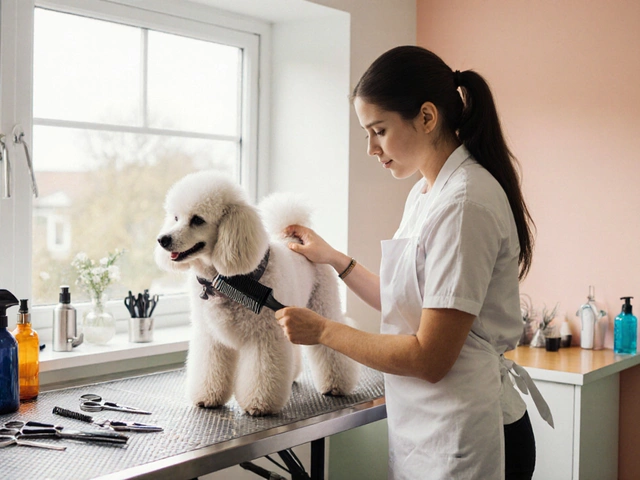If you’ve ever found yourself wide awake at 3 a.m. because your puppy won’t settle in their crate, you’re not alone. Loads of people swear by covering a crate at night, claiming it’ll calm your pup and help them sleep. But are they right, or is this just another dog-owner myth? Let’s get into the gritty details, bust some common myths, and spill the facts about whether you really should cover your puppy’s crate at night.
Understanding Why Puppies Need a Covered Crate
You might have heard this before: dogs are den animals. Puppies, especially, love small, cozy spaces. A covered crate can sometimes mimic that natural den feeling. It blocks out distractions, muffles household noise, and controls light—kind of like putting on a sleep mask. This is super helpful if your pup is easily startled by headlights outside or gets restless when you move around the house. Some folks even say that their puppy sleeps twice as long with a cover.
But not every puppy likes it. Just for context, my own dog Ralph used to protest loudly when his crate was covered, preferring to keep an eye on everything happening around. Other dogs—especially those with anxious personalities or rescue backgrounds—might panic if they feel trapped. Puppies’ personalities really do make a difference. Think about your own pup’s quirks—do they burrow under blankets or sprint away at the first hint of confinement?
Covering a crate isn’t just about comfort; safety matters too. Breathability is crucial. Puppies overheat fast, and a stuffy crate is a one-way ticket to disaster. You also want a material that isn’t easy to chew or pull through the bars. Make sure you’re not creating more stress: experts say that a too-dark crate can make some puppies more anxious, not less.
What about temperature? Data shows that indoor temps above 75°F (24°C) can make a covered crate extra risky. Puppies can’t regulate their body heat as well as adult dogs. If you don’t have air conditioning or a fan nearby, it’s safer to skip the cover on hot nights.
When Covering Your Puppy’s Crate Can Help
Sometimes, a crate cover is a game changer. If your puppy struggles with sleeping through the night or barks at every light or shadow, covering the crate can dial down those triggers. Think about households with noisy TVs, teenagers coming home late, or city lights flashing outside—it’s sensory overload for a pup who just wants to sleep.
Covering the crate may also help establish a bedtime routine. The act of putting the cover on signals "it’s sleep time," making it easier to settle in and wind down. This trick works best if you’re consistent: every night, cover goes on at bedtime and comes off in the morning. Some professional trainers even recommend this as part of a structured sleep schedule.
Let’s look at some quick numbers. In a survey by the American Kennel Club (AKC) in 2024, 63% of respondents who covered their puppies’ crates reported fewer nighttime disturbances than those who didn’t. But they also noticed that 25% of those same puppies showed signs of agitation when first introduced to the cover. Moral of the story? Start slow and watch your pup’s reaction.
It can also help with separation anxiety. Puppies often feel safer with fewer visual triggers. But, covering the crate isn’t a magic fix for anxiety: you may need to put in work with positive association training, pheromone sprays, or even calming music. Tip from my own house: Ralph calmed down way faster with a favorite soft toy and a partial cover (leaving the front open for airflow and so he could see me).
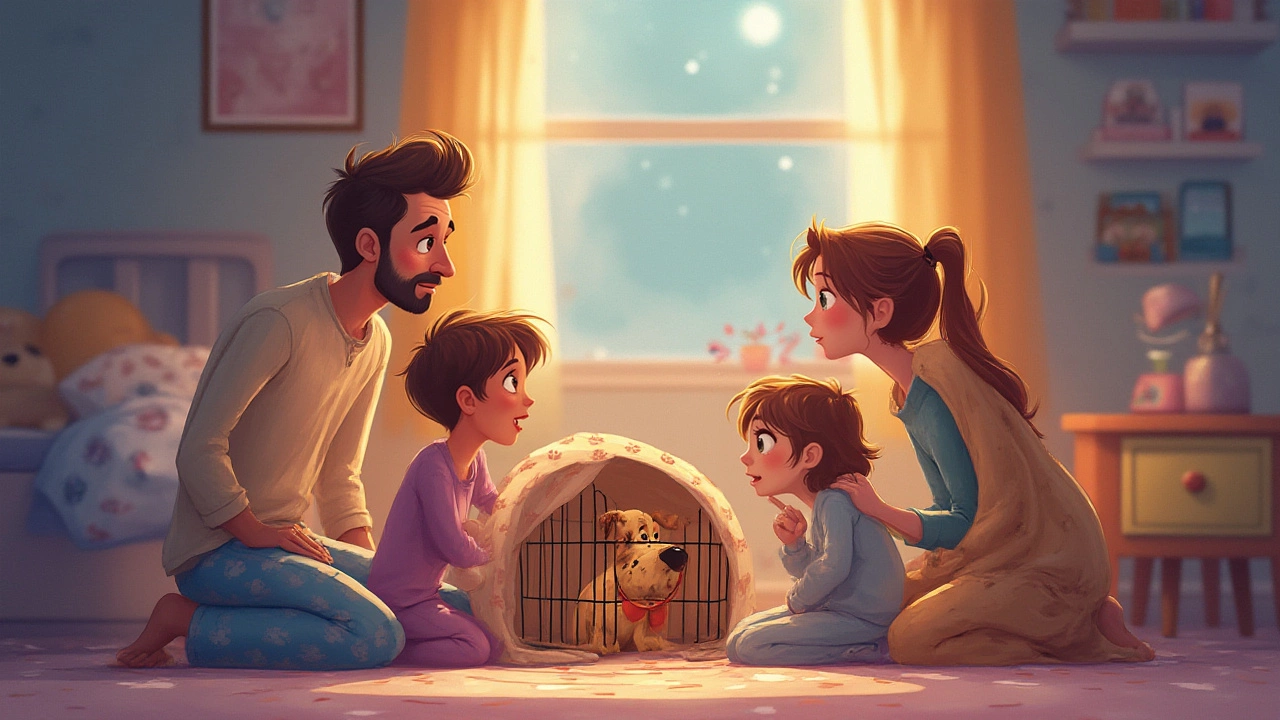
Potential Downsides and Common Mistakes
If you’re thinking about a crate cover, ignore those Instagram posts where pups look cozy in a fully draped den. Reality check: a covered crate can go wrong quickly. Puppies chew—especially when bored, teething, or nervous. A loose cover is an invitation for tug-of-war, and that can become a choking hazard. Stick to fitted covers made for crates, or try an old thick towel safely tucked in, but never anything with loose threads or hanging edges.
Mistake number two: covering up too soon. New puppies, especially those just getting used to being crated, might freak out at suddenly being in the dark with no warning. Give your pup a chance to get comfy with the crate first—doors open, cover off, treat-filled Kongs inside. Gradually introduce the cover for short stretches during the day before going full blackout mode at night.
Another big concern is airflow. A completely covered crate in a warm or stuffy room is not just uncomfortable—it’s dangerous. Look at this quick breakdown to get a feel for safe crate conditions:
| Room Temperature | Cover Type | Ventilation Tips |
|---|---|---|
| < 68°F (20°C) | Thick blanket or fitted cover | Leave one side open |
| 68-75°F (20-24°C) | Light blanket or breathable cover | At least two sides open |
| > 75°F (24°C) | No cover or mesh-only cover | All sides open, use a fan nearby |
Think about allergies, too. Puppies with sensitive skin or sniffles from dust mites may end up worse off with a fabric cover. Wash covers frequently and check for any signs of irritation.
How to Safely Cover a Puppy Crate
If you’ve decided a cover might help your furry bundle of energy, you need a plan. Start with the right material: pick something breathable, machine washable, and just snug enough to stay in place. Commercial crate covers can work, but a thick cotton sheet or towel does the trick for many people. Just make sure there are no dangling bits your puppy can chomp on.
Set up the crate in a quiet, draft-free spot (away from windows and vents), and test how the cover changes temps inside. On the first night, only cover the top and two sides. Watch how your puppy reacts. Any signs of panting, whining, or pawing? Roll back the cover or remove it. Slow and steady wins here—and treats always help. Give them their favorite toy or comfort item so the crate doesn’t feel like a punishment.
- Test the setup during the day first, while you can supervise.
- Never use a weighted or heavy blanket that your puppy could drag inside.
- Use covers free of scented detergents if your pup has allergies.
- Keep fans or AC running if your home gets warm at night.
- Always check the crate every hour the first few times you try covering, especially with young puppies.
If you notice that your pup is panting, pacing, or whining, back off with the cover. Some dogs simply prefer to feel part of the family at all hours, and that’s fine. For others, a dark, snug space is just the ticket.
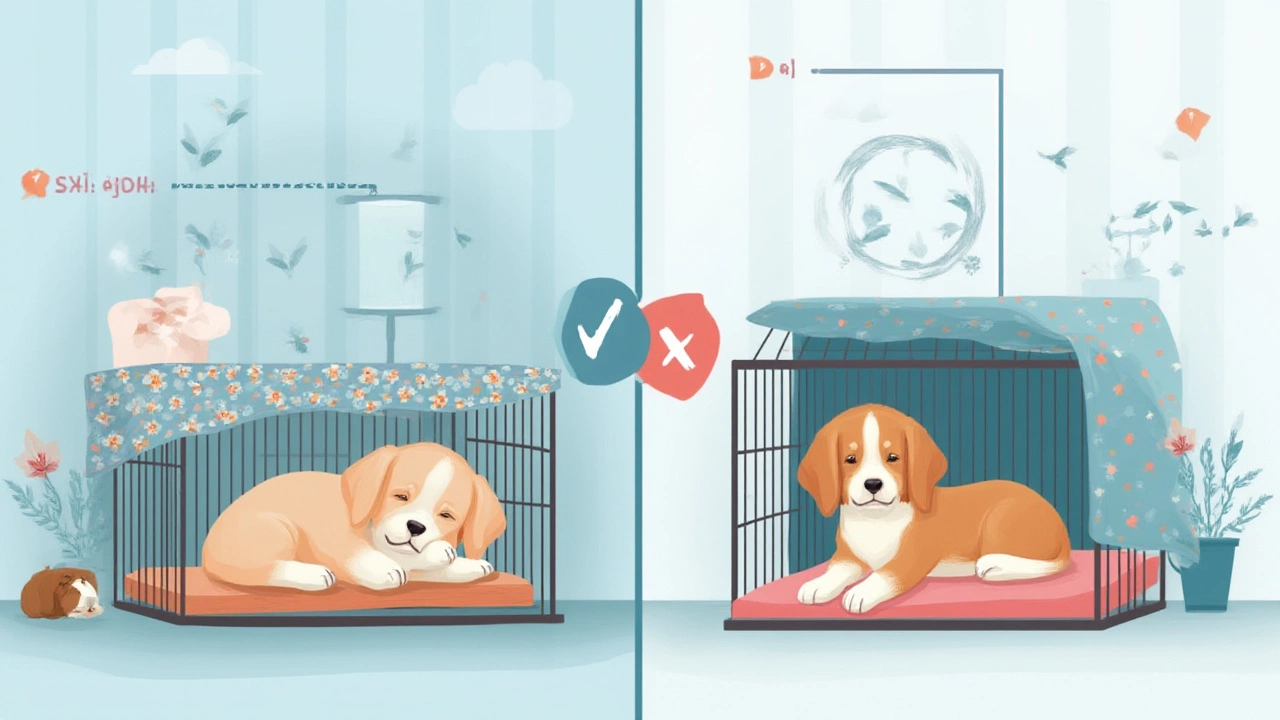
Tips for Crate Training Success at Night
There’s more to peaceful puppy sleep than a crate cover. You want to create a whole bedtime vibe. Set a consistent bedtime routine: last potty break about 20-30 minutes before bed, then a quiet wind-down. Puppies love predictability—even rowdy ones like my Ralph chill out when they know what’s coming next.
Tire your puppy out with gentle play or a short walk after dinner, but don’t hype them up right before bed. Try calming sounds—YouTube has playlists with dog-soothing music (search “Brown Noise for Puppies”), and some dogs love a ticking clock nearby for that heartbeat effect. Lavender sprays made for pets can sometimes work too, just make sure your pup isn’t allergic.
Expect night wake-ups; young puppies can’t hold it for more than a few hours. If you need to take them out, keep things boring—no excited greetings or play, just a quick potty, then back to bed. Resist the urge to pull them out for hugs if they fuss; too much attention means they’ll learn to bark for night visits.
If you decide to use a crate cover, make it part of your routine, and don’t force the issue if your puppy isn’t comfortable. Watch and adapt. In my experience, some nights a full cover works wonders; other nights, just a corner draped over does the job. Trust the signals your puppy sends—they’re often more reliable than advice you’ll find on pet forums.
The bottom line? Not every dog’s the same. Some adore cozy, covered crates, while others need to see the moonlight or just want to listen in on the midnight fridge raids. With a little observation and patience, you’ll find the setup that works for your unique little furball.

